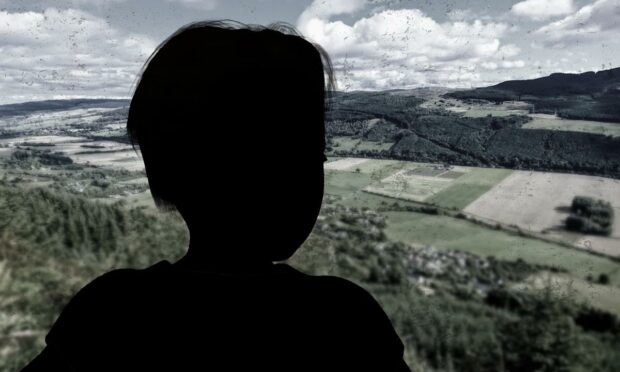SNP ministers have issued a veiled warning to top council, police and NHS officials in a row over absences rates at Tayside’s child protection committees.
The Holyrood government reminded senior officials they are responsible for ensuring arrangements to protect vulnerable youngsters are in good working order.
They were told they should “report to Scottish ministers” if they have concerns.
The intervention comes after we revealed shocking attendance figures for child protection committees covering Perth and Kinross, Dundee and Angus.
The committees help monitor and co-ordinate support for society’s most vulnerable children.
They are normally include senior officials and managers from social work, education, housing, police, NHS, the Scottish Children’s Reporter’s administration, as well as representatives from some charities and voluntary sector organisations.
Opposition MSPs have said officials in Tayside have “serious questions to answer” over recent the attendance rates.
The committees usually have between 18 and 25 members, but there have been an average of 11 “apologies” at meetings of the Perth & Kinross committee since 2020.
Meanwhile, in Dundee it was almost 10 and in Angus it was nearly nine.
Some committee members in Tayside failed to attend any of the virtual meetings in more than two years.
By comparison, the average number of absences at the Aberdeenshire and Moray committees in the same period was about three per meeting.
In Highland, it was under five, in Argyll and Bute the average was six, and in Fife it was below seven.
We calculated an absence rate of 43% for both Perth & Kinross and Dundee in the period, followed by 38% in Angus, 31% in Fife, 26% in Argyll and Bute, 21% in Highland, 17% in Aberdeenshire and 16% in Moray.
What did the Scottish Government say?
Asked about the figures, a Scottish Government spokesman reminded chief officers – such as local council and NHS chief executives, and police area commanders – of their responsibilities.
“All children and young people must be protected from harm and abuse,” he said.
“In 2019, we published guidance which sets out what is expected of chief officers fulfilling their child protection responsibilities and how committees contribute to the delivery of the child protection agenda.
“Chief officers are responsible for ensuring that their organisations work to protect children and young people as effectively as possible.
“It is for them to ensure that child protection committees are meeting their responsibilities sufficiently.
“They should report to Scottish ministers if they deem this not to be effective.”
While Perth and Kinross CPC routinely publishes its minutes, Aberdeen, Dundee and Angus have come under fire for refusing to reveal the names of its committee members and their attendance record.
The Scottish Government spokesman added: “While the treatment of information held by these local authorities is a matter for them, we are continuing to work with them to ensure that the interests of children remain at the heart of their protection measures.”
Dundee City Council chief executive Greg Colgan previously said that by asking for the names of the CPC members, The Courier had “misunderstood” the way it worked.
He said the committee was made up of a number of representative organisations and “it is quite common for different people to represent different organisations from time to time”.
Mr Colgan said some members were not senior officers or politicians, and the nature of their work is sensitive.
“Public naming of attendees is not necessary or appropriate or in the public interest,” he added.













Conversation